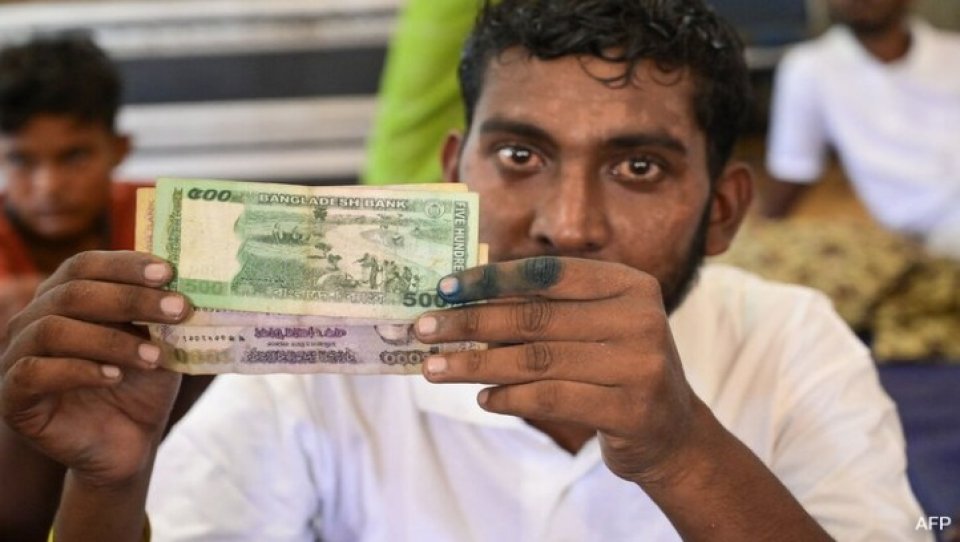Bangladesh on Sunday introduced a new series of banknotes, replacing designs that prominently featured the portrait of Sheikh Mujibur Rahman, the country’s founding president and father of ousted Prime Minister Sheikh Hasina.
The redesign marks a significant departure from decades of currency tradition, coming at a time of political transition in the country of 170 million. Since Hasina was overthrown in August 2024, Bangladesh has been governed by a caretaker administration. Her trial, which began Sunday, includes charges related to the alleged suppression of an uprising against her government.
For years, all Bangladeshi banknotes displayed Sheikh Mujibur Rahman, who led the country to independence from Pakistan in 1971 and was assassinated in a military coup in 1975. His image became a longstanding symbol of the ruling Awami League, which Hasina led for 15 years before her ouster.
The newly released notes, however, move away from political iconography. "Under the new series and design, the notes will not feature any human portraits, but will instead showcase natural landscapes and traditional landmarks," said Bangladesh Bank spokesperson Arif Hossain Khan.
Among the new designs are depictions of Hindu and Buddhist temples, historical palaces, the National Martyrs' Memorial commemorating the 1971 independence war, and artwork by renowned painter Zainul Abedin portraying the Bengal famine under British rule.
On Sunday, three denominations from the nine planned were officially released. The rest will be rolled out in phases. Khan confirmed that the new notes are initially being issued from the central bank's headquarters and will gradually be distributed nationwide. Existing currency will continue to circulate alongside the new designs.
This is not the first time Bangladesh’s currency has undergone a politically motivated redesign. The country’s first banknotes in 1972 featured a map of newly independent Bangladesh. Subsequent versions prominently featured Sheikh Mujibur Rahman as the Awami League cemented its political dominance.
The latest change reflects a broader shift in national symbolism amid ongoing political upheaval.







